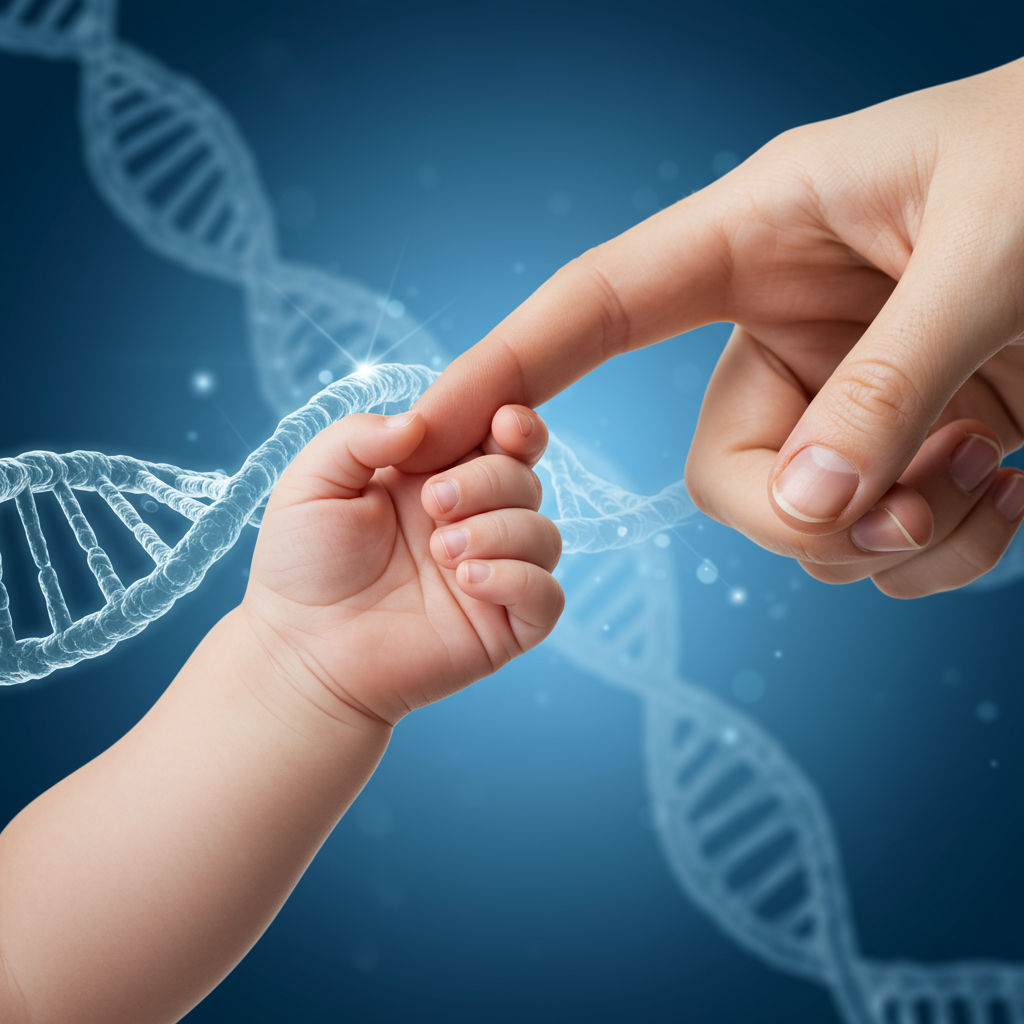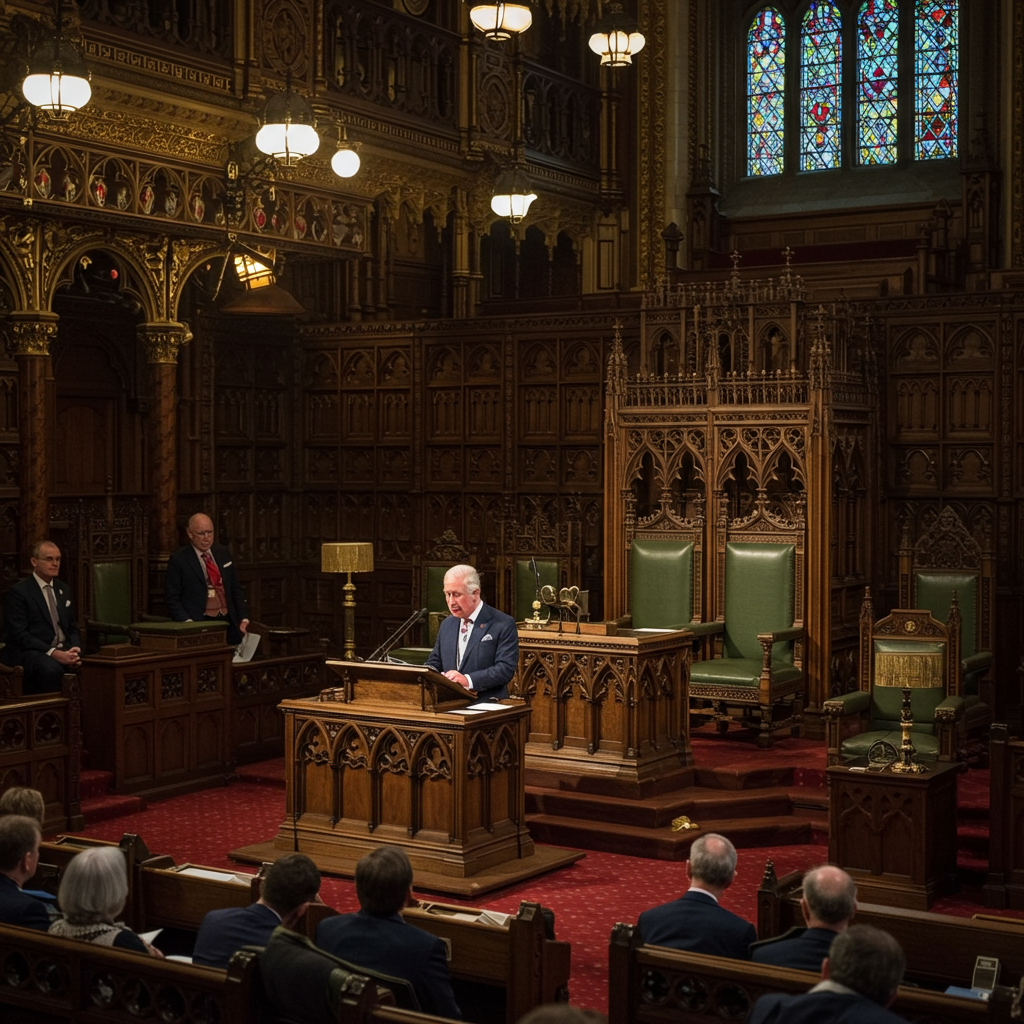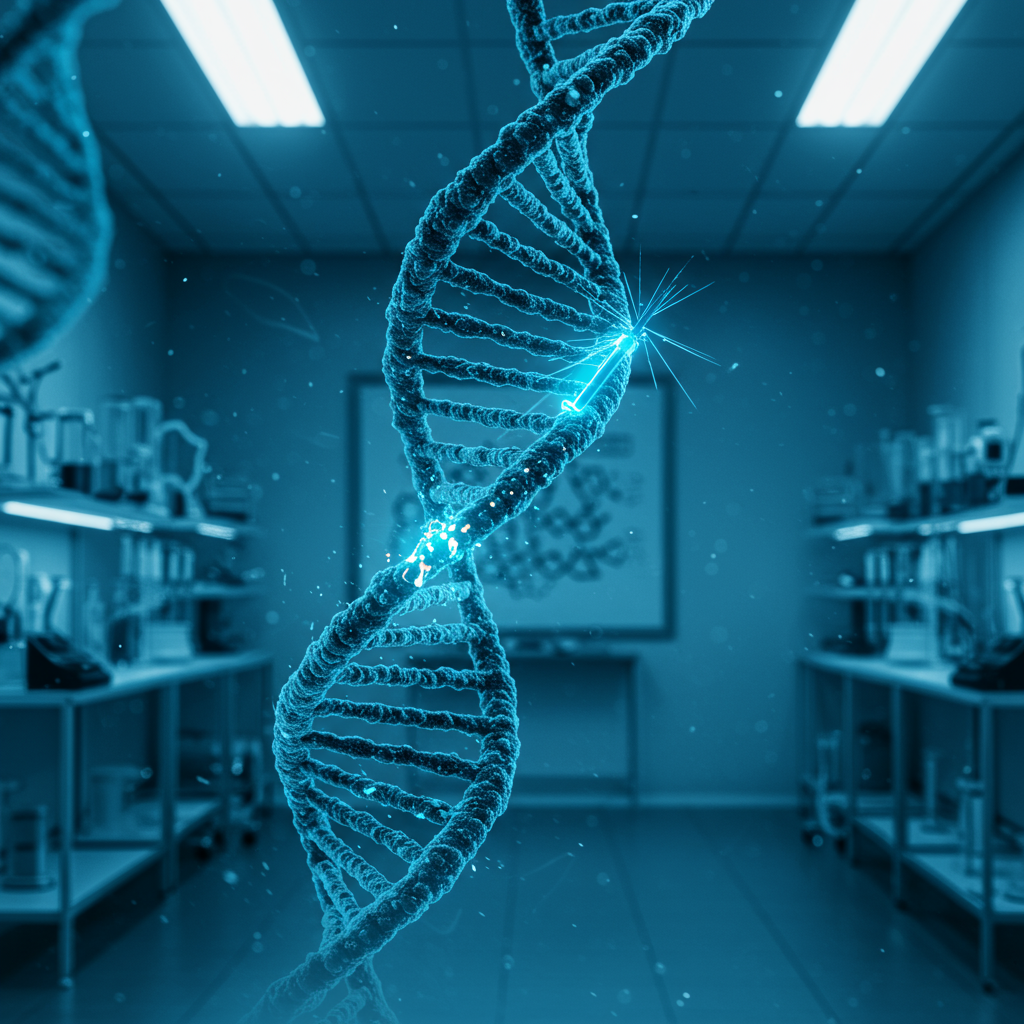A monumental stride in reproductive medicine has unveiled a new era of hope for families grappling with devastating genetic conditions. In a world-first clinical trial, the United Kingdom has announced the birth of eight healthy babies conceived through a groundbreaking in-vitro fertilization (IVF) technique. This pioneering method, known as mitochondrial donation, skillfully blends DNA from three individuals—the mother, the father, and a small amount from a healthy donor—to effectively sidestep the inheritance of severe, incurable diseases. These births represent a profound medical milestone, offering a vital reproductive path previously unavailable to many at-risk parents.
This revolutionary three-person IVF approach, meticulously developed at the Newcastle Fertility Centre, stands as a testament to decades of scientific dedication. It promises to shield future generations from the debilitating effects of mitochondrial diseases, marking a pivotal moment in the quest for healthier lives.
Understanding the Challenge: Mitochondrial Diseases
Mitochondrial diseases represent a formidable health challenge, affecting approximately one in every 5,000 births. These untreatable conditions stem from mutations in mitochondrial DNA (mtDNA), distinct genetic material located outside the cell’s nucleus. Unlike the vast majority of our DNA, which is inherited from both parents, mitochondrial DNA is passed down exclusively from the biological mother.
When these tiny, energy-producing powerhouses within our cells are compromised by mutations, they can severely impair or disable crucial bodily functions. Symptoms range from muscle wasting and impaired vision to diabetes, seizures, heart disease, and significant developmental delays, often emerging in early childhood and leading to premature death. Organs that demand high energy, such as the brain, heart, and muscles, are typically the most affected, highlighting the critical need for interventions like mitochondrial donation.
The Science Behind Three-Person IVF
Mitochondrial Donation Therapy (MDT) is ingeniously designed to prevent the transmission of mutated mitochondrial DNA while preserving the intended parents’ core genetic legacy. The process, specifically the “pronuclear transfer” technique, involves several precise steps during IVF:
The mother’s egg is fertilized with the father’s sperm, creating a newly fertilized embryo.
Crucially, the nucleus (containing the nuclear DNA from both parents) is then carefully removed from this fertilized egg.
This nucleus is then transferred into a different, healthy donor egg. The donor egg has had its own nucleus removed, but its healthy mitochondria remain intact.
The resulting embryo now carries the full set of chromosomes from both the intended mother and father, coupled with healthy mitochondrial DNA from the donor.
This “three-person” embryo is subsequently implanted into the mother’s womb to initiate a pregnancy.
It’s important to note that the donor contributes only about 0.1% of the newborn’s total DNA. This minimal genetic input from the donor ensures that the child inherits nearly all its traits from its biological parents, making the term “three-parent babies” somewhat misleading, as emphasized by researchers.
The UK’s Pioneering Milestone
The United Kingdom has been at the forefront of this scientific endeavor, establishing the legal framework for mitochondrial donation in 2015. This legislative change paved the way for the groundbreaking clinical trial at Newcastle University, which received its first license in 2017. The anticipation surrounding this trial has been immense, and the results, published in the New England Journal of Medicine*, are a source of global relief and excitement.
To date, 22 women underwent the mitochondrial donation procedure within the trial. This has led to the successful birth of eight healthy babies—four boys and four girls—to seven women, including one set of identical twins. These children, currently ranging in age from under six months to over two years, are reportedly meeting their developmental milestones, bringing profound joy and relief to their families. An additional pregnancy resulting from the procedure is also currently ongoing, further solidifying the success of this innovative treatment.
Promising Outcomes and Lingering Questions
The trial results demonstrate remarkable success in significantly reducing the amount of mutated mitochondrial DNA passed to the babies. In six of the eight children, the reduction in mutated mtDNA ranged from an impressive 95-100%. Even in the remaining two, levels were reduced to 77-88%, which is below the threshold typically associated with disease manifestation. This indicates the technique’s robust effectiveness in preventing the transmission of disease.
While all eight children are currently healthy, the researchers are committed to long-term monitoring. One baby experienced a successfully treated heart rhythm disturbance, and another had self-resolving muscle jerks. Complex biological phenomena, such as “reversal,” where a initially low proportion of abnormal mitochondria can increase by birth, were observed in three children. This phenomenon, currently “little understood,” highlights areas for continued research and refinement of the procedure. Researchers emphasize that mitochondrial donation offers “risk reduction” rather than a complete guarantee, and parents are thoroughly counseled on these nuances.
A New Hope for Families
For families facing the prospect of passing on debilitating mitochondrial diseases, this breakthrough offers an unprecedented avenue of hope. Experts universally hail these results as a “triumph of scientific innovation” and a “very important reproductive option.” The successful births mean that parents who previously had no viable way to have a genetically related, healthy child free from these severe conditions can now consider this path.
The impact extends beyond the immediate families. It represents a significant step forward for the medical community’s ability to combat inherited genetic disorders. The dedication of scientists like Professors Doug Turnbull and Mary Herbert, key members of the Newcastle team, underscores the years of painstaking research that have culminated in these life-changing outcomes.
Ethical Considerations and Global Adoption
Despite its immense promise, mitochondrial donation remains a subject of considerable ethical debate and varying legal statuses globally. While the UK and Australia have established legal frameworks permitting the procedure (UK in 2015/2016, Australia in 2022), it remains prohibited in many countries, including the United States and France.
Primary ethical concerns often revolve around the destruction of human embryos in certain variations of the procedure, leading to opposition from religious groups. Additionally, critics voice fears that such genetic interventions could inadvertently lead to the creation of “designer babies.” However, the UK’s independent Nuffield Council on Bioethics conducted a thorough ethical review that was instrumental in paving the way for this research, emphasizing careful regulation. The Human Fertilisation and Embryology Authority (HFEA) in the UK strictly limits eligibility for the treatment to individuals with a “very high risk” of transmitting a mitochondrial disease, ensuring its application is for preventing severe conditions, not for elective traits. As experts like Dr. Julie Steffann note, the “risk-benefit ratio” is clear when preventing a severe disease.
Distinction from Other Fertility Technologies
For women with varying levels of faulty mitochondria, Pre-implantation Genetic Testing (PGT) can sometimes be used during IVF to select eggs or embryos with a lower risk of disease transmission. However, for those whose eggs universally carry very high, often 100%, mutation loads, PGT is not a viable option. This is precisely the patient group for whom mitochondrial donation is intended. While the Newcastle program observed slightly lower pregnancy rates for MDT (36%) compared to PGT (41%), the overall success rates for both methods were comparable relative to the number of treated patients. The specific reasons for this difference are still being explored.
Frequently Asked Questions
What is mitochondrial donation, and how does it prevent inherited diseases?
Mitochondrial donation is an advanced IVF technique used to prevent mothers from passing on severe inherited mitochondrial diseases to their children. It involves transferring the nuclear DNA (from both the mother and father) from their fertilized egg into a healthy donor egg that has had its nucleus removed. This creates an embryo with the parents’ core genetic material but with healthy mitochondria from the donor, thus bypassing the mutated mitochondria from the biological mother. This process, often called “pronuclear transfer,” shields the child from conditions linked to faulty mitochondrial DNA.
Is mitochondrial donation legal worldwide?
No, the legality of mitochondrial donation varies significantly across countries. While the United Kingdom pioneered the legal framework for this procedure in 2015 and Australia followed with similar regulations in 2022, it remains prohibited in many other nations. For instance, the United States currently bans clinical research into these “mitochondrial replacement techniques” due to federal restrictions, including an FDA rider and the Dickey-Wicker amendment. Ethical concerns, particularly regarding embryo manipulation and potential long-term effects, contribute to its restricted global adoption.
What are the long-term health prospects for babies born through mitochondrial donation?
The eight babies born in the UK trial are currently reported to be healthy and meeting their developmental milestones, ranging in age from under six months to over two years. Genetic tests have confirmed either undetectable or very low levels of the mother’s original mitochondrial DNA, amounts deemed too low to cause disease. However, long-term monitoring is crucial. Scientists are closely watching for any rare phenomenon where the proportion of abnormal mitochondria might increase over time. The procedure offers significant “risk reduction” for disease transmission, but ongoing observation will continue to provide insights into the enduring health outcomes.
A Future Defined by Innovation
The birth of these eight healthy babies marks a profound leap forward in reproductive science and genetic health. This pioneering mitochondrial donation technique offers genuine hope and a viable path to parenthood for families who previously faced the daunting prospect of transmitting severe, incurable diseases. As research continues and long-term data emerges, this breakthrough has the potential to redefine the landscape of inherited disease prevention, illuminating a brighter future for countless individuals worldwide. The journey of these children will be closely watched as a testament to the power of human ingenuity in overcoming some of medicine’s most complex challenges.




